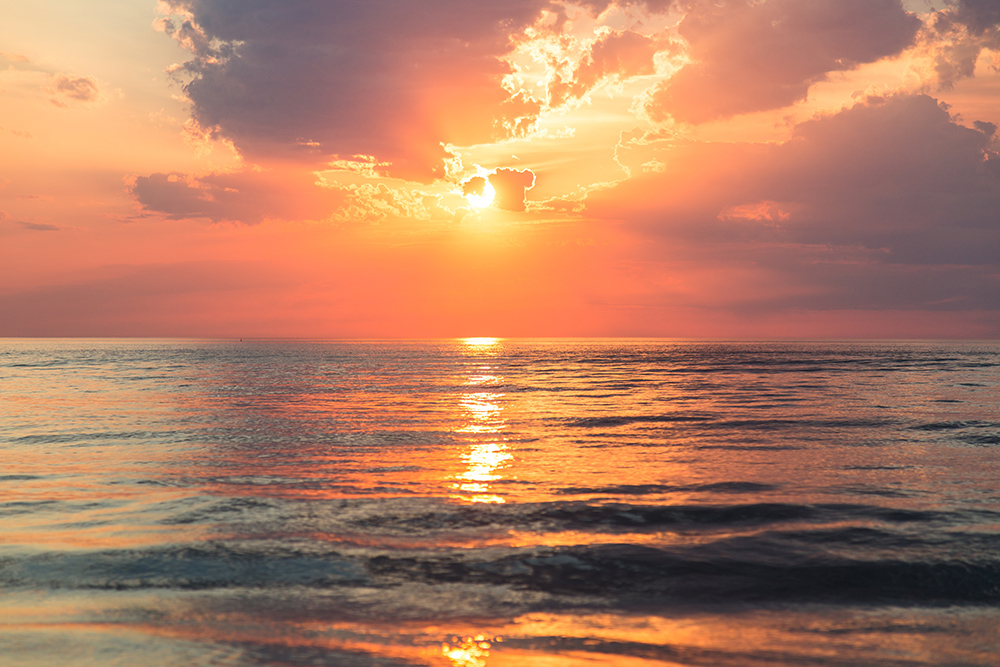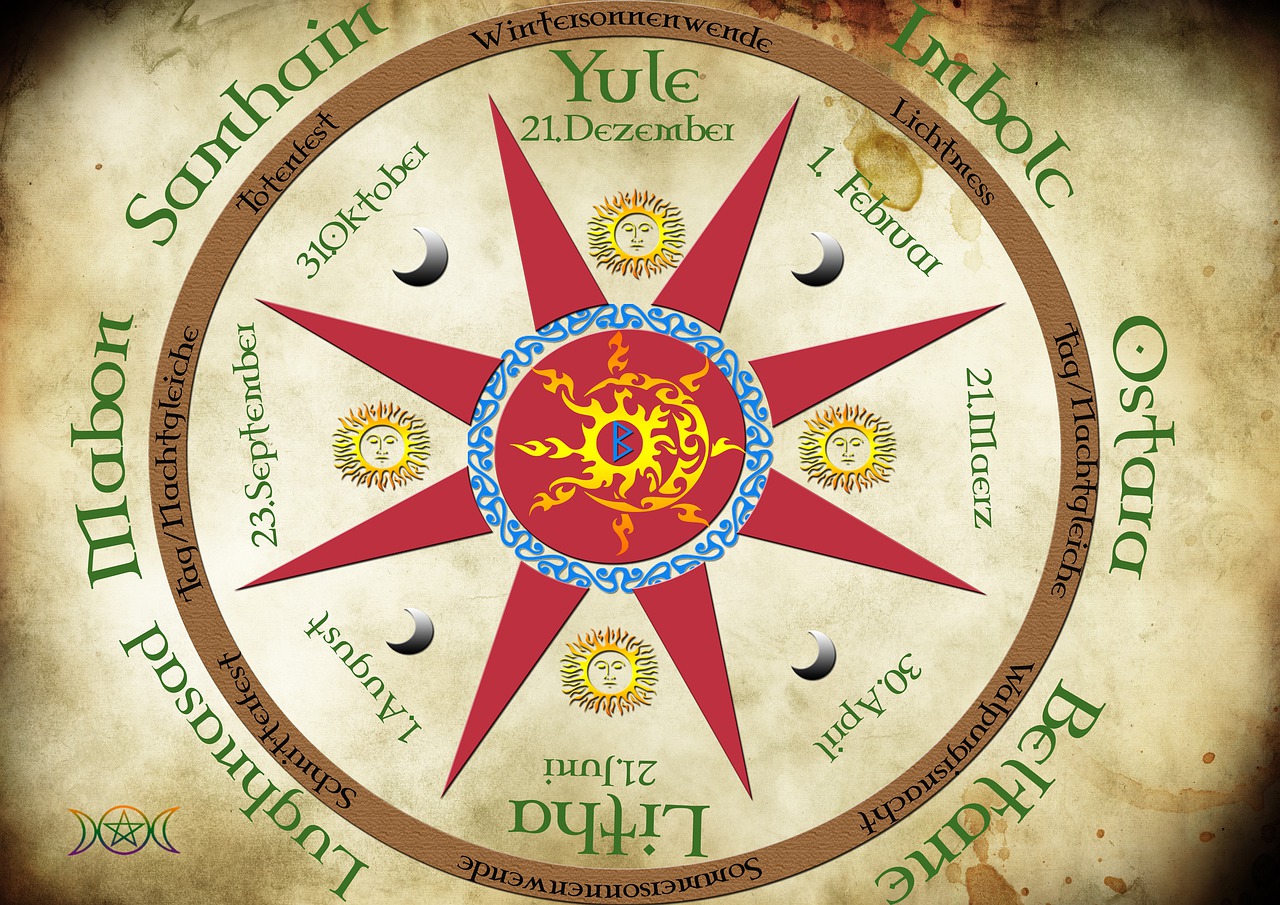
The word “solstice” comes from the Latin word “sol” meaning sun and “stit” meaning stopped or stationary. Put together, “solstice” means “when the sun stands still.”
More specifically, we use the term solstice to refer to the beginning of summer and winter, the longest and shortest days of the year, respectively. On these days, the sun really does seem to stand still in the sky at either its farthest point north or its farthest point south, and cultures around the world have been celebrating both the summer solstice and the winter solstice for thousands of years—longer than recorded history. The solstices mark the changings of the season, and also the cycles we all experience within our own lives.
The Summer Solstice
Most years, the summer solstice falls on either June 21 or June 22 (in 2019, it falls on June 21). Also known as midsummer or the June solstice, this is the longest day of the year in the northern hemisphere and thus a time for festivals and celebrations. The summer solstice is associated with fertility and rebirth. It is a time when crops are ready to harvest, when flowers are in bloom, and when we get to come together to enjoy the bounty of the Earth.
In China, The Dragon Boat Festival usually falls during the summer solstice. Northern Ireland chose the summer solstice as its Day of Private Reflection beginning in 2007 – a day to reflect upon the violence the country has dealt with – because the solstice was seen as an ideal day to look both forward and backward.

In Sweden, Midsummer is considered such an important holiday that the country considered making Midsummer’s Eve the National Day of Sweden. At Stonehenge, many people believe the circle was used in Pagan ceremonies and come to watch the sunrise on the summer solstice. On the day of the solstice, the sun rises perfectly between the Heel Stone and the Slaughter Stone well outside the circle, hitting the Altar Stone in the middle of the circle.
Countries throughout Europe have their own local traditions for celebrating the solstice, and they usually involve great food and outdoor gatherings.

The Winter Solstice
The winter solstice usually falls on December 21 or 22 and is one of the most sacred days around the world. For many cultures, the shortest day of the year marks the death and rebirth of the sun. It is the point where, in a lean, uncertain time, we see the light on the other side as the days will once again grow longer and longer until we reach another summer solstice.
Many cultures specifically recognize midwinter, as it is also known, as “the coldest, darkest night of the year” and thus use it as a time to be close to loved ones, stay warm inside, and be full of goodwill for the light that is on the horizon.
In Pagan tradition, the Winter Solstice is also known as Yule, and it is one of the oldest celebrations in the world. The ancient Romans held the festival of Saturnalia during the winter solstice. During the festival, normal customs and rules were reversed – men dressed as women and masters dressed like servants. Greenery was used to decorate homes, candles were lit, and presents were exchanged. These festivals and others like them around the world formed the basis for many Christmastime customs.
In All Things, Balance
An important thing to remember at each solstice is that, when we are experiencing the longest day of the year in the north, the southern hemisphere is experiencing the shortest day of the year, and vice versa. In that way, the solstice is an excellent reminder that things that seem pushed to one extreme or another can actually have a hidden balance within them. The solstices are also a reminder for us to find balance within ourselves and to respect the fact that we live our lives in cycles – everything must end, but it will always begin again.

Creating Your Own Traditions
Historically, the Winter Solstice is a time of reflection. As the year winds to an end, we are given the chance to reflect upon our lives and connect with ourselves. During the winter months, all of nature hibernates and we are encouraged to turn inward. We’re also encouraged to embrace the darkness and solitude so we can think about what we want for the year ahead (New Year’s resolutions, anyone?).
On the other hand, the Summer Solstice is about light, connectivity, growth, and being with others. We honor the solstice through get-togethers and shared experiences. We can also honor this period of light by building up our communities and leaving them better than we found them.
And while some of these traditions go back thousands of years, it’s important to think about how you can make your own solstice traditions. How can you cultivate a deeper connection to nature? To others? To yourself? Each solstice presents a beautiful time for you to feed your spirit and fortify your relationships with others, both near and far!


1 thought on “Finding Balance in the Summer Solstice and Winter Solstice”
Pingback: Winter Solstice Southern Hemisphere 2019 Astrology | WORD INFO